Jump to:
The warming weather is a clear sign that spring is on its way. Now’s also the perfect time to tend to your garden ahead of the new season.
There are a handful of tasks and preparations to add to your checklist, all well worth rolling up your sleeves for. And we’re here to help you get started, whether you’re starting fresh with a new garden or sprucing up an existing one. Ready?
Prepare Your Garden Tools for Spring

(Image Credit: Wikimedia Commons)
Giving your tools a good clean before putting them away for winter is always a smart idea. It keeps them in tip-top shape and ready to go when the weather warms up again. But don’t worry if you haven’t done it yet—it’s never too late! Take this as a chance to check over all the tools you’ve got and the ones you’ll use for your spring garden prep.
This can include a variety of hand tools, like a trowel, pruners, weeder, and a rake, to name a few. To clean, scrape off any soil, mud, or plant debris. Then, soak them in soapy water for about 15-20 minutes to loosen any stubborn grime. Give them a good scrub, paying attention to those tricky corners and crevices, and rinse them off. Wipe everything down with a cloth, and finish by applying a thin coat of lubricating oil to prevent rust and keep the cutting edges sharp.
If you have power tools, such as a petrol gas trimmer brushcutter, a leaf blower and dust vacuum, or a mower, they’ll need a bit of a refresh, too. Remove any debris, sap, or plant matter from the blades, then give them a gentle scrub to remove any residue. Be sure to apply a suitable lubricant to the moving parts, like the pivot points and springs, so everything runs smoothly.
For more tips, this guide can help: How to Clean Garden Tools
Clear Your Garden Shed
The new season is a good time for a fresh start, and that includes getting your shed in order. Chances are, it’s turned into a dumping ground over the winter, with everything shoved in there for snow protection. If you can, give it a clear-out to make space for all the tools, equipment, and supplies you’ll need for spring gardening. It’ll also help you organise the space better, and you might even find room for a bit more.
Sort out your freshly cleaned garden tools by adding a few more hooks or racks for them. Add some drawers in for your power tools, shelves for planters, and stack a few waterproof storage boxes in the corner for things like fertilisers and soil amendments. It’s much easier to get this done in your shed when you’ve got a clean slate, with nothing in the way. Plus, it lets you see which supplies need topping up, so you’re ready when spring rolls around.
Remove Weeds, Mulch, and Garden Waste

Some weeds can continue to grow in mild winter weather, or seeds may lie dormant and start sprouting as temperatures rise. Mulch can also break down over time, become compacted, or wash away in heavy rain, which may expose areas. Plus, leaves, branches, and other debris often build up, especially if trees are nearby. If you spot any of this in your garden, clear it out with a brush or rake until you’re back to the bare soil and/or lawn.
Tip: Don’t leave any living weeds around, as they’ll just come back and compete with your plants. Gather them up, along with any compostable materials, and put them in a compost pile—or make one using this composting guide. The heat will kill the weeds before any seeds can germinate.
Mow the Lawn

Late winter to early spring is a great time to mow your lawn. The grass has probably started growing and is about 2-3 inches tall.
Since you’ve already cleaned and checked your mower, set the blades higher for the first mow, and then gradually lower the height for the next trims.
Before you get started, though, make sure the ground isn’t too wet or soggy. Mowing in those conditions can lead to compaction and damage to the soil. Keep an eye on the grass, too—it shouldn’t be damp or frozen. If it’s still short and the weather’s cool, you can give it a light trim to tidy things up, but avoid cutting too much at once.
Tidy Up the Flower Beds and Borders
Your garden beds are probably full of dead bits from last season’s plants. Clear them out to make room for new planting areas. If you’ve got any perennials, tidy them up by trimming dead or damaged stems to encourage fresh growth. Be thorough with the weeds—pull them out, roots and all.
Spread a layer of compost or organic matter to enrich the soil and get it ready for planting. Adding some mulch or bark chips can also help retain moisture and keep weeds at bay. For the borders, take some time to redefine the edges. Sharp, clean lines between the lawn and the border make a difference.
With fresh flower beds and neat borders, your spring plants will be ready to shine and take over your garden for the season ahead.
Work on the Soil

Your soil might have become compacted during the cold weather. Give it a good dig to loosen it up. If it’s a bit heavy, mix in some grit or sand to help with drainage. We recommend adding compost or well-rotted manure to give it a nice nutrient boost.
While you’re at it, keep an eye out for any pests lurking in the soil and sort them out. If you have specific plants in mind, add fertiliser or soil improvers that suit them. Once that’s done, run a rake over the surface to level it out and break up any lumps. It doesn’t have to be perfect; just ready for planting!
Install Water Butts

(Image Credit: Geograph UK)
If you think there’s still time to collect some of winter’s rainfall, it’s worth setting up water butts in your garden. Place one under a downpipe from your house or shed to collect as much as possible. If you’ve got a closed drainpipe, you’ll need a diverter kit to redirect some of the rainwater into the butt.
Rainwater is brilliant for plants and will help keep your garden thriving through those long, hot summer months—all while saving you a bit of money.
Take Out Your Garden Furniture and BBQ
Getting your garden ready for spring isn’t just about planting—it’s also about enjoying the season. As the weather warms up, you’ll want to spend more time outdoors. So, it’s the perfect chance to dig out your garden furniture, give it a refresh, and create a space where you can relax and enjoy the season.
How you clean your outdoor furniture depends on the material, how dirty it is (especially if it hasn’t been covered with furniture covers over winter), and whether any repairs are needed.
Here’s a guide on ‘How to Refresh and Revitalise Your Garden Furniture’ if you’re after more tips and ideas. It’s also great if you need a bit of inspiration on how to make the most of your outdoor sets: How to Create a Conversation Space with Garden Furniture.
And, of course, how can we forget about BBQs? But before you grab your tongs and start cooking, clean and prepare your grill to make sure every bite tastes great! You may have heard about cleaning your grill with a potato. The idea is that the starch in potatoes acts as a natural abrasive.
Here’s how it works: Heat your grill, cut a potato in half, and rub it against the dirty grates. The starch helps loosen grime and grease without scratching the surface. For added cleaning power, you can dip the cut side of the potato in baking soda or coarse salt.
Round-up
For this checklist, you’ll need to get your garden tools sorted, clear out your shed, and remove any weeds, mulch, and other waste. Don’t forget to mow the lawn, tidy up the flower beds and borders, and give the soil a bit of attention. Installing water butts is also a good idea.
But it’s not just about the work. You’ll want to enjoy the warmer weather too, so make sure to bring out your garden furniture and BBQ, and give them a good clean, ready for use again!
Up next on your reading list: Spring Garden Planting Ideas
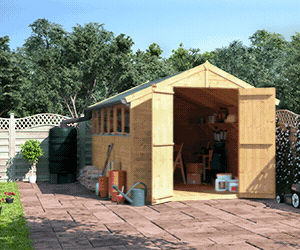




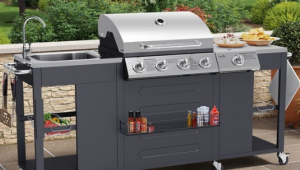


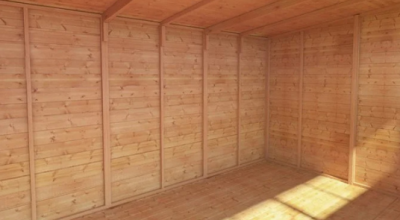
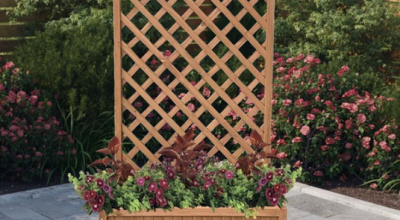

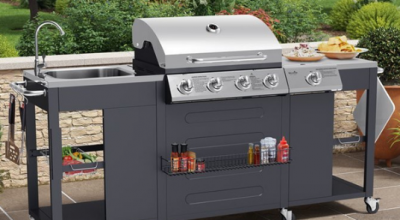

What do you think ?